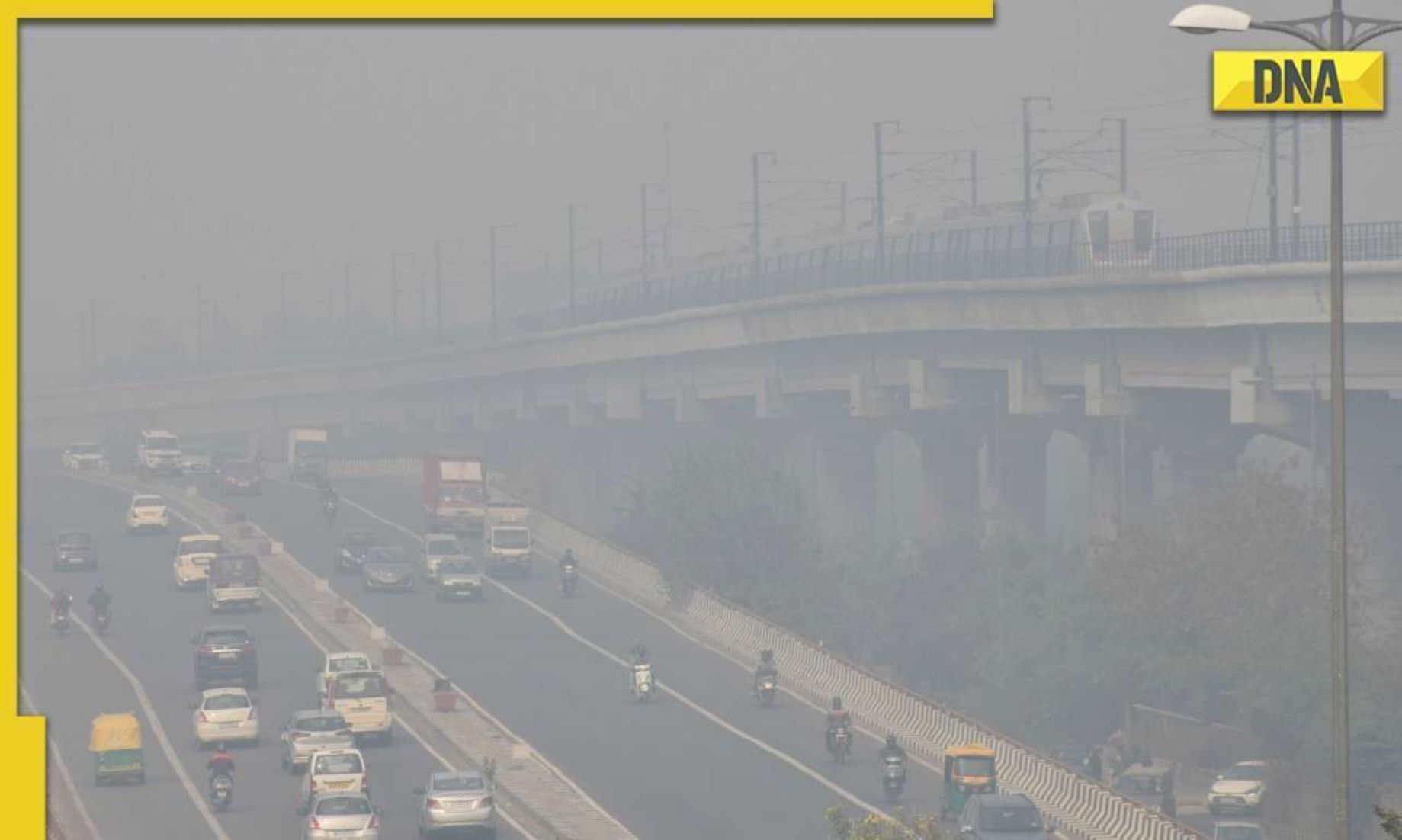by Pankaj Yadav
NEW DELHI, Nov 3 (NNN-XINHUA) – Air pollution in India’s capital Delhi and its surrounding areas, continues to be a problem, as chest specialists cautioned against exposure to polluted air, amid rising chest infection cases.
The problem burgeons mainly in winter months, when air density comparatively decreases. Slow wind speed also sometimes contributes to air pollution here.
During the past 24 hours, the overall air quality index (AQI) in the Indian capital dipped to 354, described as “Very Poor,” while at certain places it was recorded at over 400, which is categorised as “Severe.”
According to data from the System of Air Quality and Weather Forecasting And Research, the Dhirpur area in North Delhi, registered an AQI of 443 (Severe). The AQI near IGI Airport (Terminal-3) also stood in the “Very Poor” category yesterday, with an AQI of 350. The Delhi University area, in North Delhi, reported an AQI of 387, during the day.
As air pollution continues to look northward, hospitals in Delhi and surrounding areas are reporting a spike in pollution-related complications, such as cough, wheezing, tightness of the chest, shortness of breath, sore throat, runny nose and weakness.
“We have a higher number of people coming to our ICUs with chest infections, pneumonia. It is a fact that, following the peaks of pollution, there is a recorded increase in the number of people getting admitted to ICUs with pneumonia and chest infections,” said Arvind Kumar, chairman of the Institute of Chest Surgery, at a multi-specialty hospital near Delhi.
He said, the long-term effects of air pollution on the brain make children hyper-irritable.
“I think it’s neuro-inflammation because of the toxins from the pollutants. In elderly people, it increases the risk of stroke by 10 times,” he added.
The National Commission for Protection of Child Rights (NCPCR) yesterday wrote a letter to the Delhi government, asking it to “consider taking a decision to close down schools, till the time the air quality improves, in view of the best interest of children.”
Delhi’s Environment Minister, Gopal Rai, yesterday said that, vehicular pollution was the major source of air pollution in the city.
He particularly pointed out that, buses running on diesel from neighbouring states, mainly Uttar Pradesh and Haryana, contribute heavily towards air pollution.
In a bid to cut down vehicular pollution, he appealed to the citizens to avoid driving and opt for car and bike-sharing, or work from home.
“Vehicular pollution contributes to nearly 50 percent of the air pollution in Delhi. We must minimise the number of vehicles on the roads,” he said, adding that, wood and coal burning should be discouraged.
The number of vehicles in Delhi is more than the number of vehicles in the rest of the three major cities in India – Mumbai, Kolkata and Chennai.
“We have rolled out emergency measures, including a ban on construction activities and the deployment of 521 water sprinklers and 233 anti-smog guns, whose usefulness in combating the annual crisis remains questionable,” said Rai.
A ban on construction and demolition activities has been imposed across Delhi and its surrounding areas.
During the winter months, smog envelops the national capital and its adjoining areas, thus hampering visibility on roads, besides people facing difficulty in breathing.
Heavy monetary fines are imposed on those found flouting the ban conditions. On Tuesday, a fine of 500,000 Indian Rupees (around 6,041 U.S. dollars) was imposed on Larsen and Toubro (L&T) construction company, for flouting CAQM ban orders, in central Delhi.
Chief Minister of Delhi, Arvind Kejriwal, yesterday announced financial support of 5,000 Indian Rupees (around 60.41 U.S. dollars) per month, to each construction worker.– NNN-XINHUA





